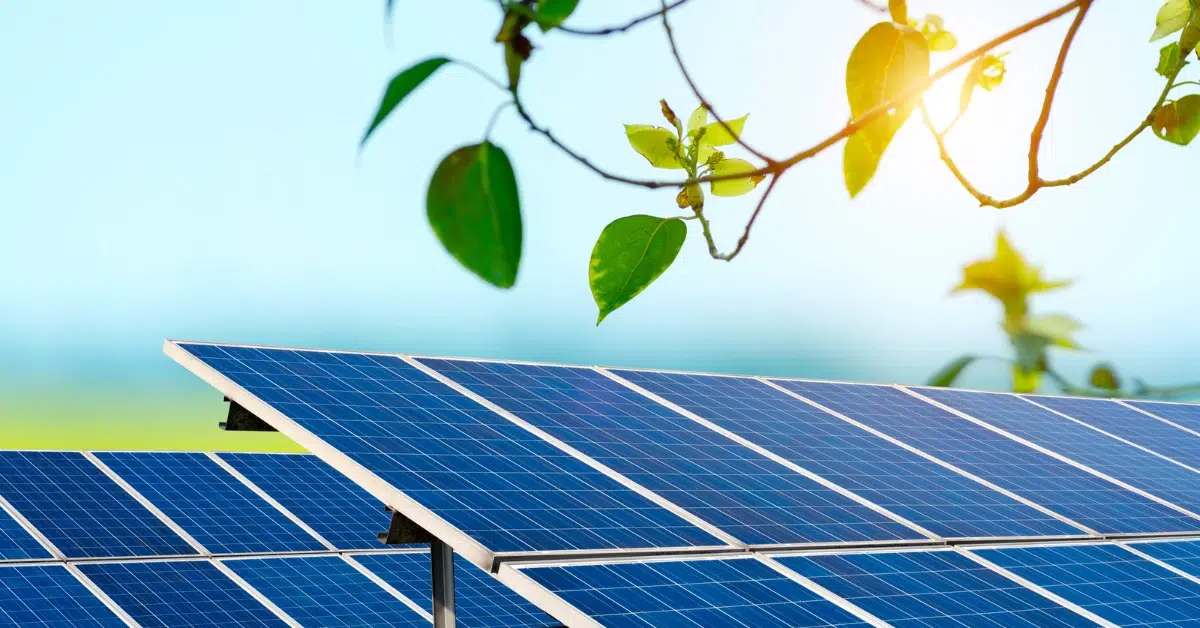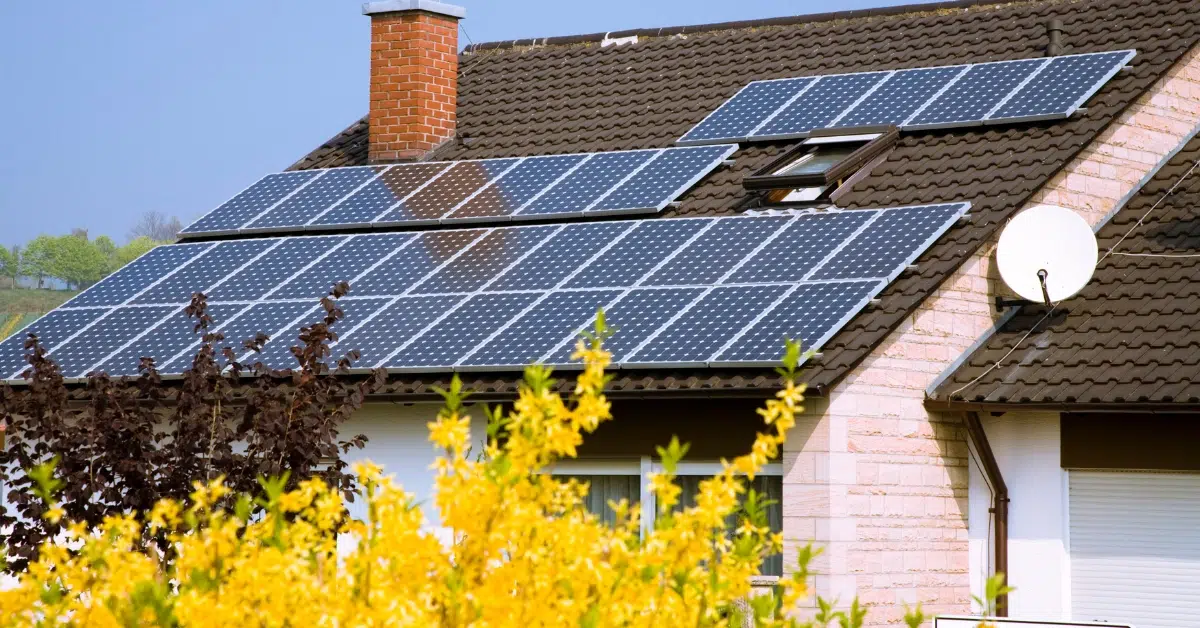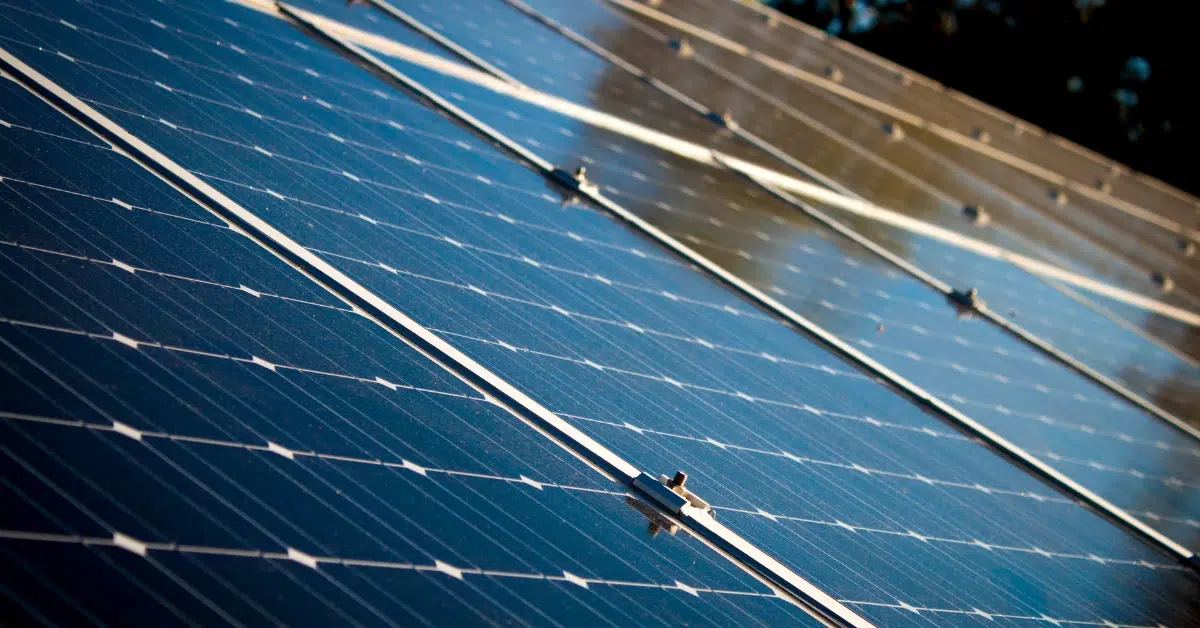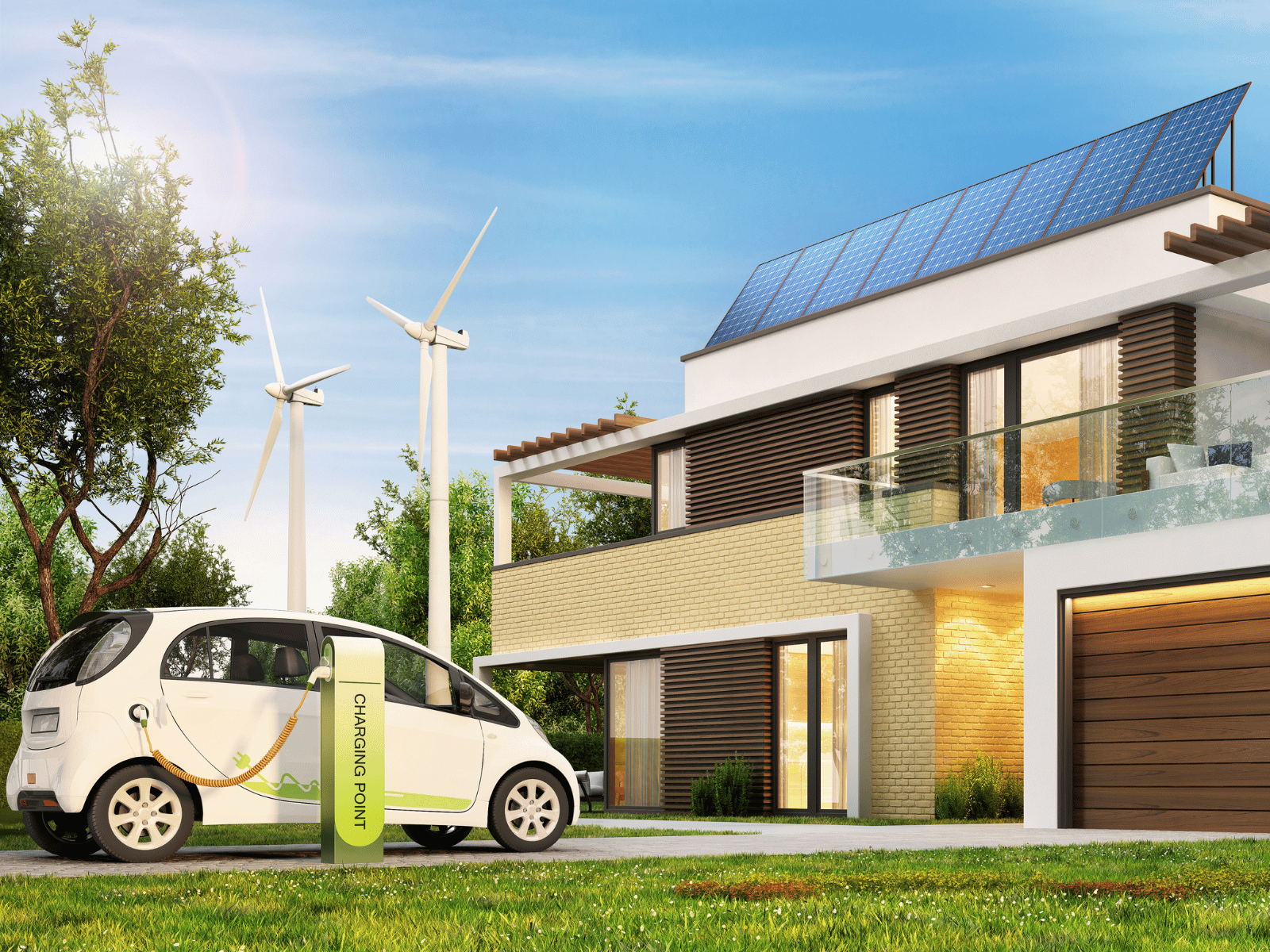The transition to renewable energy continues to gain momentum, with home solar systems leading the charge. As we step into 2025, advancing technology and increasing environmental awareness make it a pivotal year for adopting solar energy. However, making the switch isn’t as simple as installing panels on your roof. There are several critical factors to consider to ensure your investment pays off. This guide will explore everything you need to know before installing a home solar system in 2025.
Assessing Your Home’s Solar Potential
Evaluating Roof Suitability for a Home Solar System
Your roof plays a vital role in determining the feasibility of a solar installation. First, assess its orientation—south-facing roofs typically capture the most sunlight in the Northern Hemisphere. Next, consider the material and condition. Roofs made from durable materials like asphalt shingles or metal are ideal. Lastly, check for shading from nearby trees, chimneys, or buildings. A professional solar installer can perform a shading analysis to estimate potential energy loss due to obstructions.
Consider alternatives such as ground-mounted systems if your roof is not ideal for solar panels. These can be installed in open areas on your property with optimal sunlight exposure. Additionally, homeowners may explore shared solar programs, which allow multiple households to benefit from a centralized solar installation. A reliable installer can help you evaluate whether a home solar system is the best fit for your specific needs.
Regional Climate and Solar Output for Home Solar Systems
Your local climate also impacts solar efficiency. Areas with high solar irradiance—such as California or Arizona—tend to generate more energy. However, even regions with less sunlight can benefit from solar power, thanks to advancements in panel technology. Tools like Google’s Project Sunroof allow you to estimate your home’s solar potential based on location-specific data, including average sunlight hours and seasonal patterns.
It’s also notable that seasonal variations and weather patterns can influence your energy production. For instance, regions with frequent snowfall may experience temporary reductions in energy output. However, snow can reflect sunlight, potentially boosting efficiency once it’s cleared from the panels. Understanding these dynamics helps set realistic expectations for your home solar system’s performance.
Understanding Costs and Incentives
Initial Investment vs. Long-term Savings with a Home Solar System
The upfront cost of installing a solar system in 2025 varies, typically ranging from $15,000 to $30,000 depending on system size and technology. However, this cost is offset by long-term savings on energy bills. For instance, a household could save up to $1,500 annually, depending on electricity usage and local energy rates. While the initial expense may seem steep, consider the ROI over a 25-year system lifespan.
Additionally, financing options like solar loans and leasing programs can make solar installations more accessible. With solar loans, homeowners can spread the cost over several years while retaining full ownership of the system. Leasing programs, on the other hand, often involve lower upfront costs but may limit the long-term financial benefits. Evaluating these options ensures you choose a solution that aligns with your budget and goals, ensuring you maximize the benefits of your home solar system.
Government Programs and Tax Credits for Home Solar Systems
One of the most attractive aspects of going solar in 2025 is the array of incentives available. The federal solar tax credit, known as the Investment Tax Credit (ITC), allows homeowners to deduct 30% of installation costs from their taxes. Additionally, many states and local governments offer rebates and performance-based incentives. Websites like DSIRE provide detailed information about incentives in your area.
Some utilities also offer net metering programs, enabling homeowners to sell excess energy back to the grid. This can further enhance the financial benefits of solar power. Check with your local utility provider to understand their policies and potential savings opportunities. By taking full advantage of incentives, the financial outlook of your home solar system becomes even more favorable.

Choosing the Right Solar System
Types of Solar Panels and Systems for Home Solar Installations
Solar technology has evolved significantly, offering various options to suit different needs. Monocrystalline panels are highly efficient and compact, while polycrystalline panels are more budget-friendly. Thin-film panels, though less common for homes, are lightweight and flexible. As for systems, you’ll need to choose between grid-tied (connected to the utility grid), off-grid (standalone), or hybrid systems (which combine both with battery storage).
Hybrid systems, in particular, are gaining popularity in 2025 due to their versatility. They allow homeowners to store excess energy in batteries for use during peak hours or power outages. Advanced battery technologies, such as lithium-ion and solid-state batteries, offer improved efficiency and longevity, making them a worthwhile investment for those seeking energy independence. Whether you opt for hybrid or grid-tied options, your home solar system can be tailored to match your energy needs and lifestyle.
Selecting a Reliable Solar Installer for Your Home Solar System
The success of your solar investment depends on choosing the right installer. Research companies with strong reviews and credentials, such as the North American Board of Certified Energy Practitioners (NABCEP) certification. Ask for detailed quotes, including warranties, maintenance plans, and projected energy output. Trusted resources like EnergySage can help you compare installers in your area.
When evaluating installers, don’t hesitate to request references from past clients. Hearing about others’ experiences can provide valuable insights into an installer’s reliability and customer service. A transparent and communicative installer is key to a smooth and successful project. By selecting the right partner, you ensure your home solar system performs at its best for years.
Maintenance and System Longevity
Regular Maintenance Needs for Home Solar Systems
Solar systems are relatively low-maintenance, but routine care is essential to maximize efficiency. Panels should be cleaned periodically to remove dirt, leaves, and debris. Regular inspections can also identify issues like loose wiring or degraded components. Most homeowners find that scheduling an annual check-up with their installer ensures optimal performance.
Consider investing in monitoring systems that track your solar output in real-time. These tools can alert you to potential issues, such as reduced efficiency or equipment malfunctions, allowing for prompt maintenance. Proactive care ensures your home solar system operates at peak performance throughout its lifespan.
Warranties and Lifespan of a Home Solar System
When investing in a home solar system, understanding warranties is crucial. In 2025, most panels come with a 25-year performance warranty, guaranteeing 80-90% energy output at the end of the term. Inverters typically last 10-15 years, while batteries (if used) have varying lifespans depending on the technology. Choosing a system with robust warranties ensures peace of mind and protects your investment.
It’s also important to understand the degradation rate of solar panels. On average, panels lose about 0.5% of efficiency per year. By the end of their warranty period, they’ll still produce a significant portion of their original capacity, ensuring long-term value. Your home solar system, with proper care, can continue delivering energy savings for decades.
Conclusion on Home Solar System Considerations
Installing a home solar system in 2025 is an excellent way to embrace renewable energy, reduce utility bills, and contribute to a sustainable future. By assessing your home’s solar potential, understanding costs and incentives, selecting the right system, and committing to maintenance, you can ensure a successful transition to solar power. Ready to leap? There’s no better time than now to harness the power of the sun.






